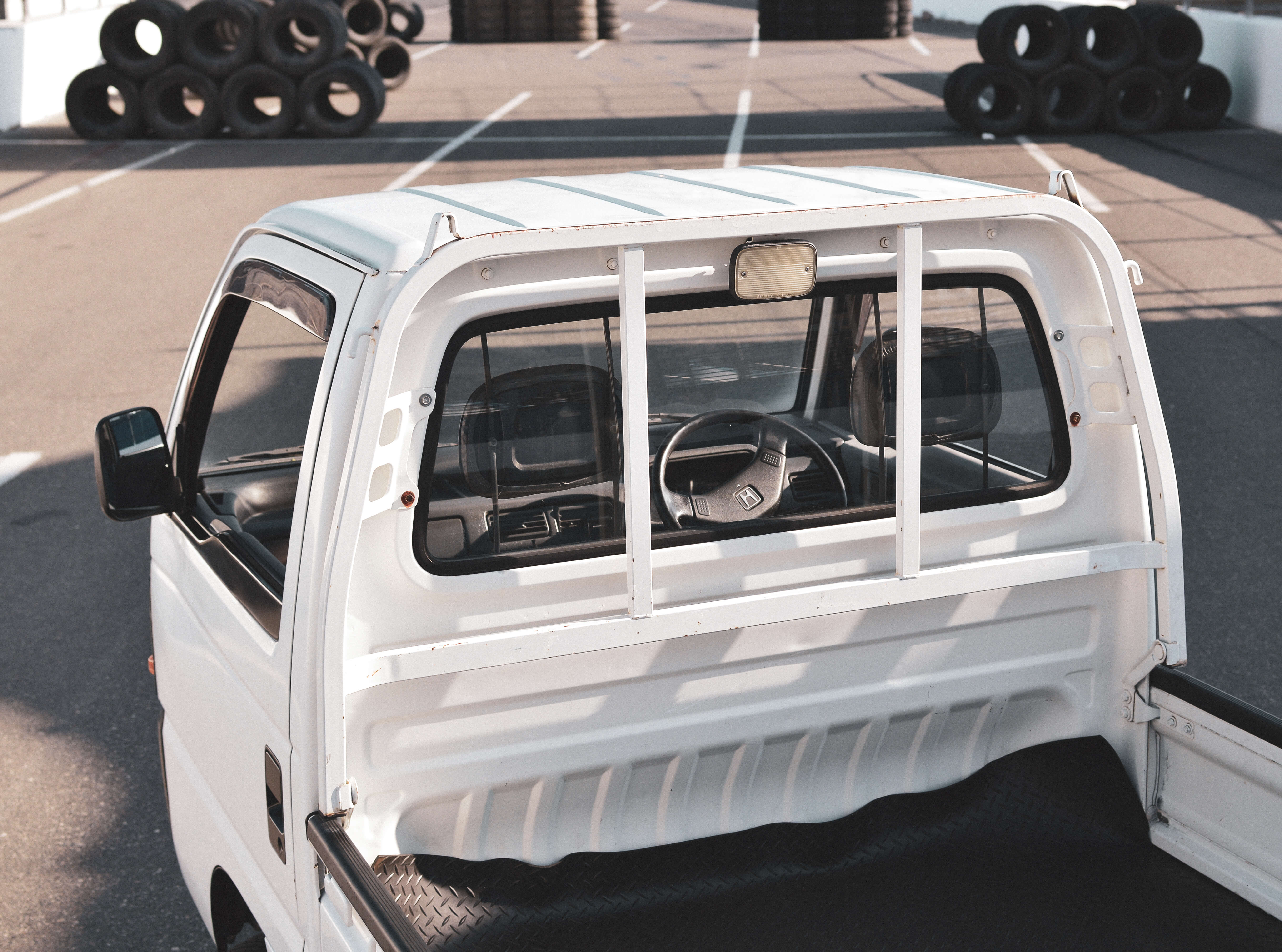Shop Daihatsu Hijet Parts & Accessories
The Unassuming Contender: The Daihatsu Hijet
In a world where turbocharged engines and bullet-like aerodynamics define vehicular prowess, the Daihatsu Hijet stands as an unassuming, yet intriguing, contender in the realm of top speed. This microvan has quietly slogged through the urban landscape for decades, carrying its fair share of groceries, tools, and perhaps the occasional daredevil seeking a thrill. But the question that has perplexed car enthusiasts and critics alike is: what exactly is the top speed of the Daihatsu Hijet?
Exploring Tokyo's Streets
Our journey to uncover this mystery began in the crowded streets of Tokyo, where the Hijet is as common as neon signs and vending machines. The Hijet, a stalwart of Japanese kei car culture, has been praised for its practicality, but seldom for its speed. Kei cars, for the uninitiated, are small vehicles that adhere to specific size and engine displacement regulations in Japan. They're not built for speed, but rather for maneuverability and efficiency in dense cityscapes.
The Appeal of the Hijet
The Hijet's various iterations over the years have not deviated much from its humble origins — a fact that hardly makes headlines. However, the appeal of the Hijet lies in its quirky charm and unapologetic utilitarianism. In its latest guise, the Hijet is powered by a petite yet plucky 660cc engine. This engine, while not a powerhouse by any stretch, is a marvel of efficient engineering, designed to maximize fuel economy while delivering just enough power to navigate city streets with relative ease.
Testing the Limits
To put the Hijet's top speed to the test, we embarked on a journey to locate a stretch of road that could safely accommodate our experiment. With the blessing of local authorities, and a prayer to the gods of physics, we set off. The Hijet, with its distinctive boxy silhouette, rolled onto the highway, its engine humming like an overworked sewing machine.
Schedule Your Import Consult and Purchase Kei Trucks Direct From Japan
As we nudged the accelerator, the Hijet responded with an enthusiasm that belied its size. The speedometer edged upwards, flirting precariously with the 80 km/h mark, a speed that, in the world of kei cars, can only be described as ambitious. At this velocity, the Hijet felt more like a determined school bus on a mission than a sleek sports car. The wind howled as if urging the little van to reconsider its life choices.
An Achievement in Its Own Right
Despite its limitations, the Hijet managed to maintain a steady pace, proving that while it may not win any races, it certainly won our respect. The top speed, officially documented as 120 km/h (about 71 mph) in optimal conditions, is an achievement worthy of a standing ovation — or at least a polite golf clap.
The True Value of the Hijet
The Hijet's top speed is more than just a number; it represents the triumph of practicality over extravagance. In a world obsessed with speed, it serves as a reminder that sometimes, getting from point A to point B is enough. The real magic of the Hijet lies not in how fast it can go, but in how reliably it performs its duties day in and day out.
So, the next time you spot a Hijet trundling down the street, give it a nod of appreciation. Underestimate it at your peril, for within that unassuming frame lies a vehicle that understands its purpose and excels at it. In the grand tapestry of automotive history, the Daihatsu Hijet may not be a headline act, but it is undoubtedly a reliable supporting player, steadfastly carrying the weight of expectations with every journey.
Conclusion
In conclusion, the Daihatsu Hijet may not be the fastest vehicle on the block, but it is a testament to the enduring appeal of practicality and modesty in a world often obsessed with excess. Its top speed might not win awards, but it has certainly won our hearts.

